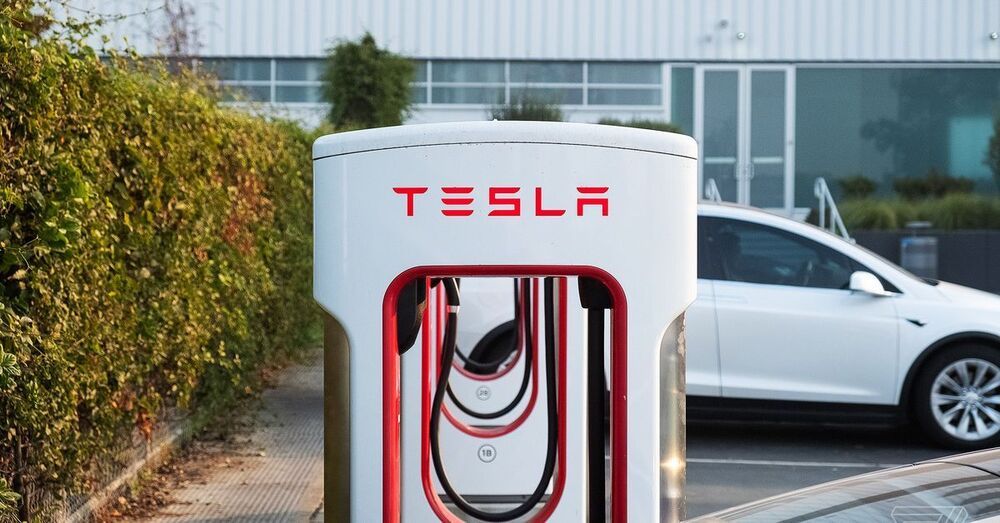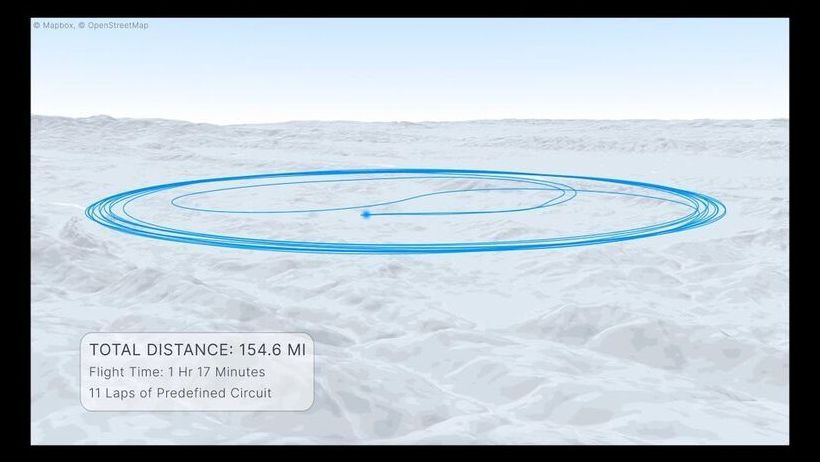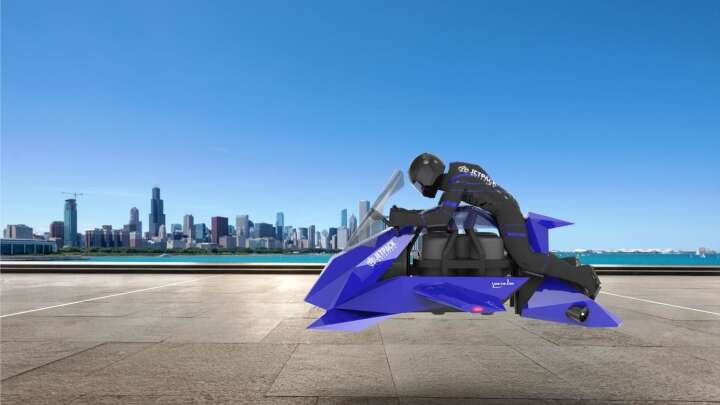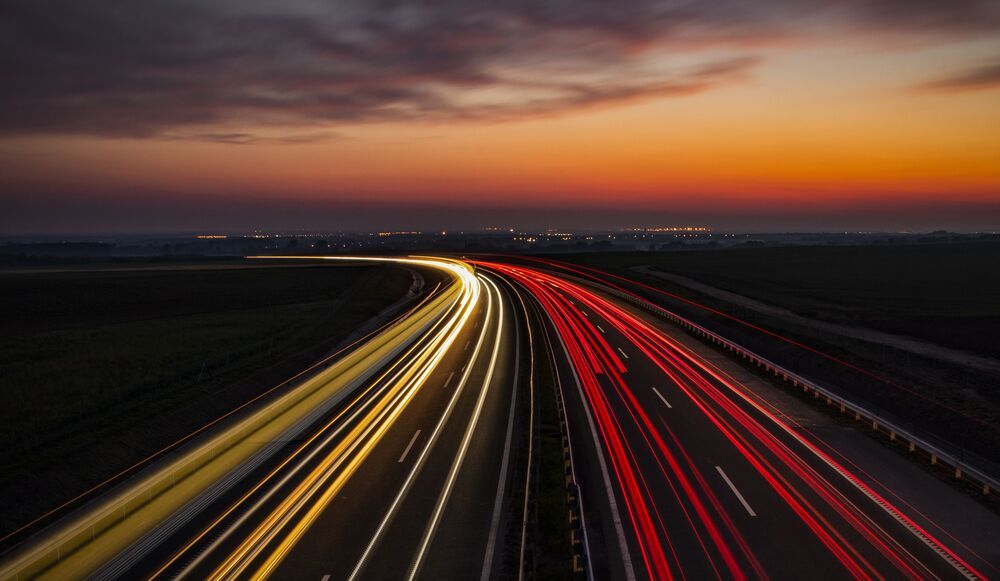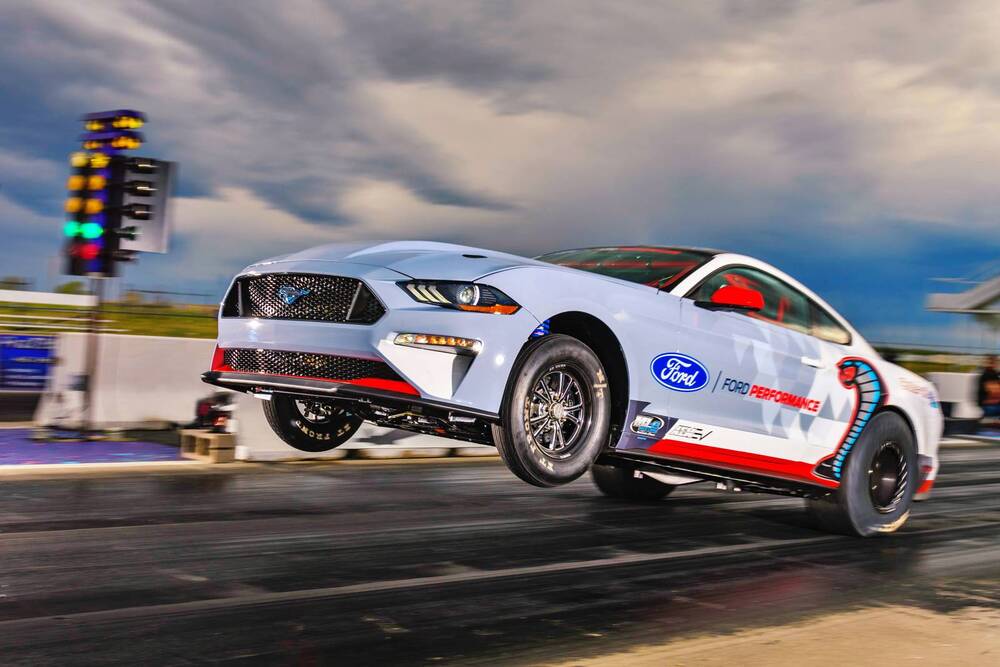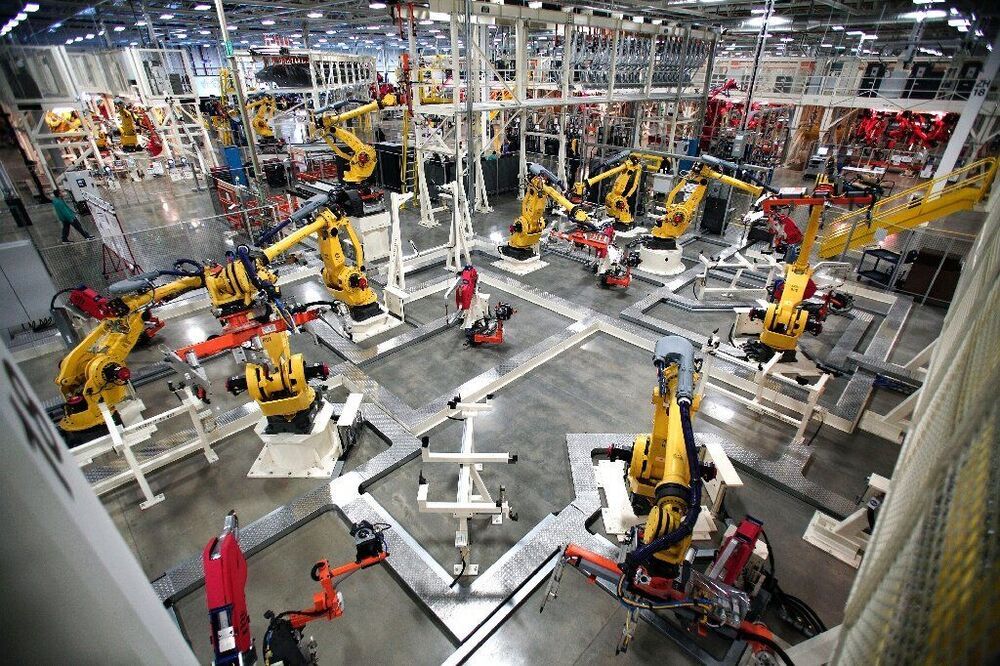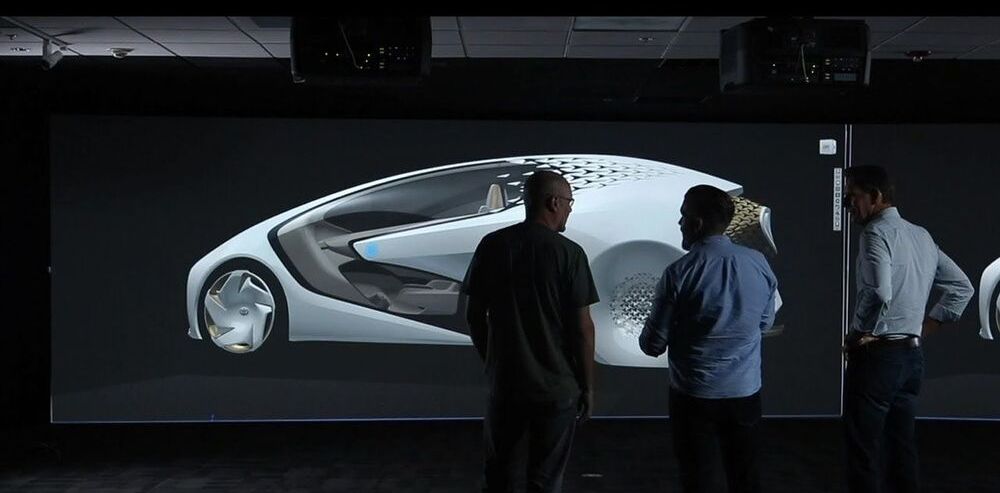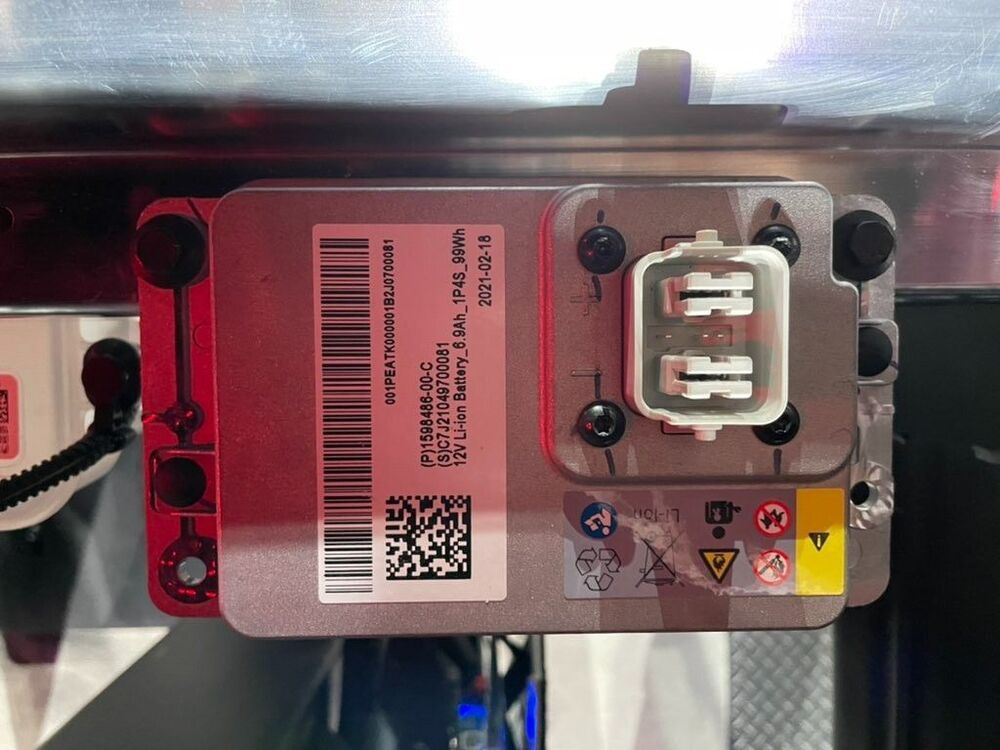
Elon Musk recently hinted at a very welcome and simple update for Tesla’s vehicles, especially those which have already replaced their 12-volt batteries in the past. According to the CEO, Tesla would be looking into the idea of equipping older vehicles with a 12-volt lithium-ion battery, similar to the Model S Plaid.
Musk’s update came as a response to Tesla owner Rich Teer, who inquired if it was possible to have the company’s older vehicles be equipped with the company’s newer 12-volt lithium-ion battery. This was a good point considering that the conventional 12-volt lead-acid battery used in vehicles like the Model 3 and Model Y tend to get discharged, in some cases, multiple times per year.
In his response, Musk stated that Tesla would try to roll out such an initiative, especially as it would be beneficial for the company’s cars. A 12-volt lithium-ion battery would last far longer than a conventional lead-acid battery, after all, and according to Musk, Tesla’s goal is to reduce service in its vehicles anyway. “Unlike other makers of cars, our goal is *not* to profit from service. Best service is not needing service in the first place,” Musk noted.
